Universities Making Progress in Managing Campus Protests
In recent months, universities across the United States have taken a proactive approach to managing campus protests, specifically around extreme pro-Palestinian activism. After a series of disruptive demonstrations last spring, many institutions have implemented stricter rules and penalties, leading to a noticeable drop in protest activity. These efforts to restore order have been welcomed by some students and faculty, while others raise concerns about free speech and the future of campus activism.
The Shift in Campus Protest Culture
Following the wave of protests last spring, which saw thousands of protests across university campuses, colleges have made significant changes to their protest policies. These measures, which include restrictions on the timing and location of demonstrations, as well as tighter enforcement, have led to a dramatic decline in campus protests this semester—dropping from over 3,000 last spring to fewer than 950 this fall, according to reports from the Nonviolent Action Lab at Harvard University.
For many universities, the new restrictions were implemented to ensure the safety and well-being of all students. At institutions like the University of Pennsylvania, new rules have been enforced with the backing of campus police, creating a sense of order even in the most controversial of times. While some students view these actions as necessary for maintaining peaceful campuses, others argue they undermine free expression. However, the general trend is that fewer disruptions have been reported, and campuses have generally remained peaceful, allowing students to engage in activism without compromising public safety.

A New Chapter for Student Activism
Despite concerns over increased surveillance and censorship, many student groups have adapted to the new rules. Some, like those at Harvard and Ohio State University, have turned to quieter forms of protest, such as “study-ins” where students gather in libraries with signs. These innovative tactics allow students to continue expressing their views while staying within the boundaries of the new regulations.
Jewish students, who had expressed concerns about antisemitism in some of the protests, have largely supported the new rules. Universities have been praised for their efforts to ensure that their campuses remain welcoming for all students, regardless of their views. For example, Ohio State University’s swift response to protests has been lauded for promoting a safer environment.
A Balanced Approach to Campus Activism
The response from universities has shown that it’s possible to manage campus protests while maintaining safety and freedom of expression. By introducing stricter rules and enforcing them consistently, universities are finding a balance between allowing students to voice their opinions and protecting the well-being of all their community members. As these new policies continue to take shape, the future of campus activism may very well look different—more controlled, but still alive with debate and passion.


